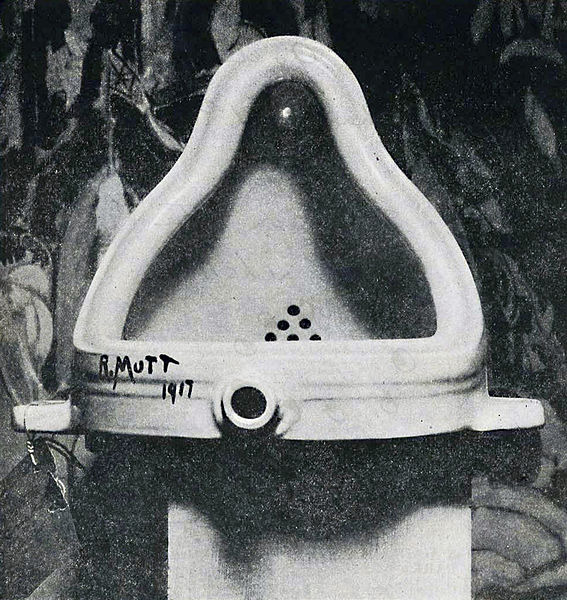Within the realms of aesthetic discourse is the conventional understanding that art is not always beautiful. In fact, art can be beautiful even when regarded as far too challenging to be beautiful. Despite the artistic pliability, there is an objective value to the characterization of art. Art must refer to the ideal in order to fulfill its essential mission as art or to be regarded as experientially artistic. Regrettably, modern art has deviated gradually from this pursuit of beauty and aesthetic endeavor to what is now becoming a transgressive form of art.
Do not misconstrue my position; I emphatically oppose aesthetic conformity. I reprove of cases in which intellectually and artistically composed arts are dismissed as not beautiful or meriting artistic worth because of the manner that they are presented — for instance, presentations involving tragic or vulgar displays — or the perception that the art differed too much from standard artistic expression.
These sort of assessments are unreasoned criticism, particularly because they seem to emphasize conformity rather than artistic expressivity.
Art should be understood as expression of human freedom. Yet, as was contended by the English philosopher Roger Scruton and echoed by cultivated professionals in the field of aesthetic philosophy, all forms of art, regardless of their style, must possess or celebrate aesthetic qualities in order to be considered as an artistic representation. Art demands that artistic representations be strongly informed by their vehicle of expression, by reason and experience.
Modernism has seen a rise in disengagement with the values of art. It has capitulated the rottenness of popular culture, celebrating caustic experimentation and individualism as virtues that supersede the overarching structures of history. Many artistic expressions today, across genres and locales, no longer retain reverence for traditional art. In fact, many artists aspire for this uniqueness by purposely distorting their art to bear little significance to traditional forms. This narcissistic approach to art is damaging to the intent of true art because it spoils the meaning and misrepresents the significance of art.
Some musical arts have deliberately deviated from the norms in their genre, playing what could be regarded as a “wilderness of musical chaos” with wild rhythm and dissonance streams of sounds with no particular coherence or style. Similarly, some literatures today are so defiantly provocative and stylistically destructive that their expressions drown the passion and meaning in their vulgarity.
The issue is that overt artistic expression, even when eliciting subtext and profound emotions, can cloud the artistic intent and message by its elaborate use of strong symbols and vulgarity. The works of brothers Dinos and Jake Chapman illustrate this point. Their anatomical phantasmagoric creation embodies a desire to desert all artistic boundaries by provoking a disturbing set of tensions. In effect, their artwork is ostensibly irking and reprehensibly shocking that it drowns any didactic purpose. This representation of anatomical transgression was meant to scandalize from the start.
These transgressive arts, produced in pursuit of aesthetic iconoclasm, lack civility and graciousness and are firmly a desecration of beauty.
Any serious artistic endeavor, regardless of standards, has the prospect to be considered as artistically beautiful, but the fact is, to echo Scruton, “bland artistic representation with little to no attempt to use the aesthetic faculty to create meaningful art is a desecration to true art.” Being able to recognize and differentiate these types of arts will allow us to appropriately appreciate and live arts to the fullest.
Andrew Adeola is a senior physiology and neurobiology and philosophy major. He can be reached at aadeoladbk@gmail.com.



